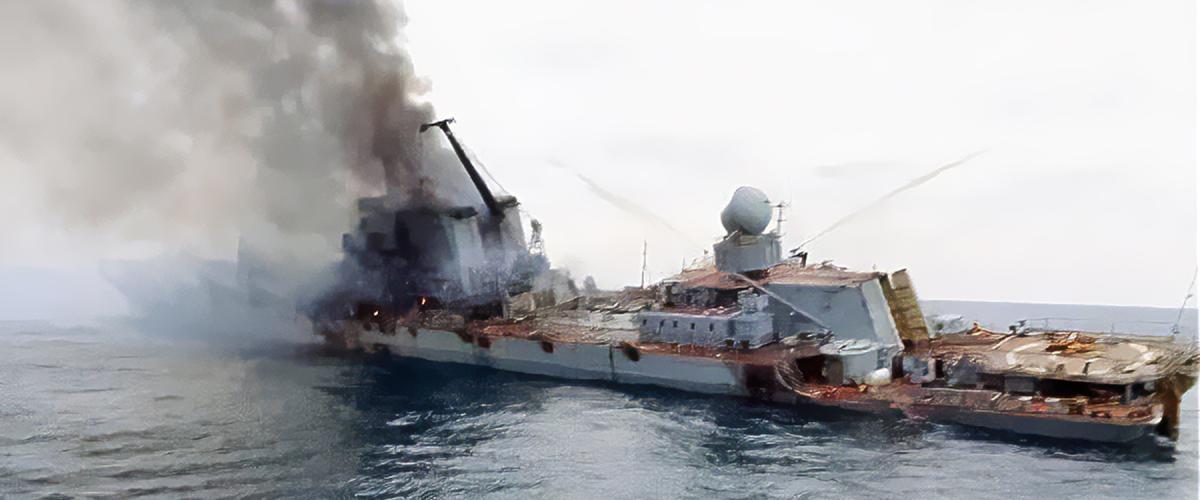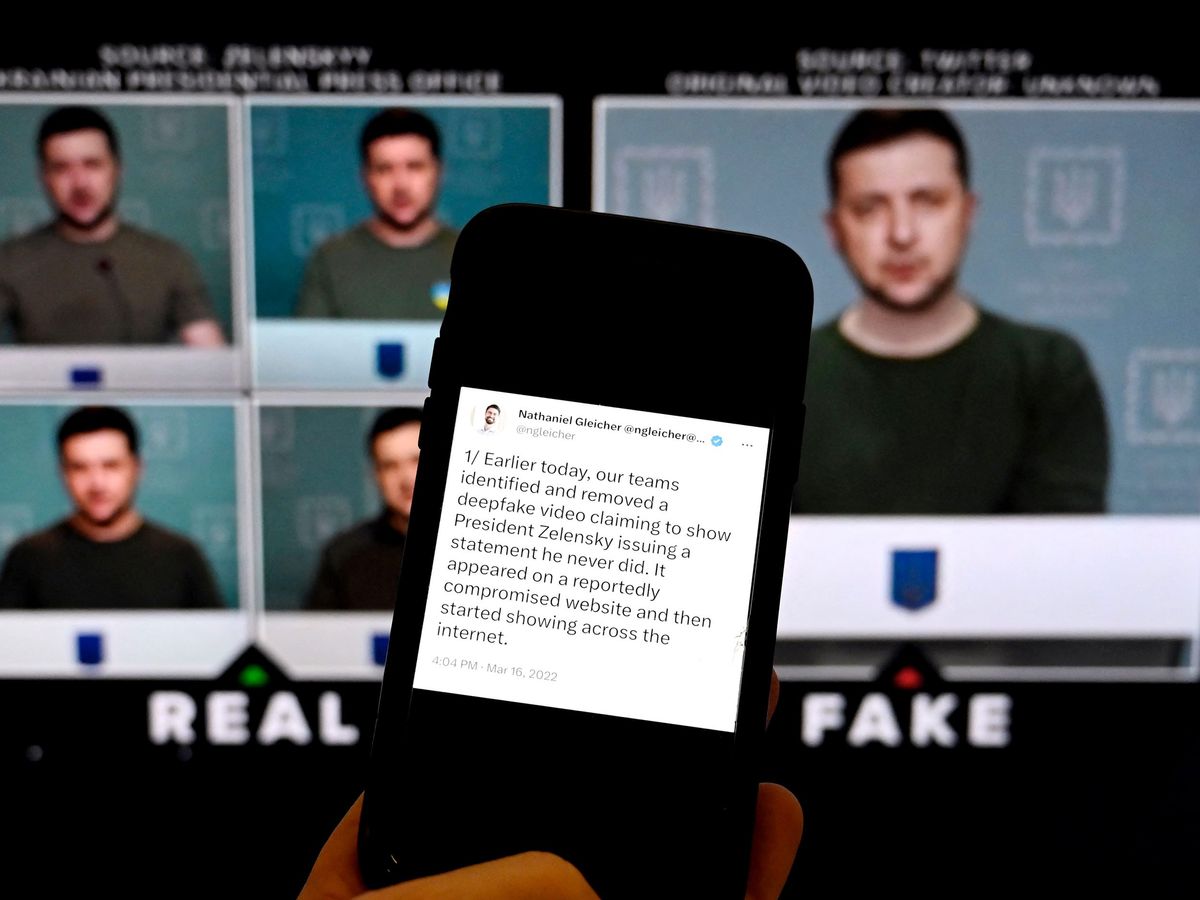
India was able to repel a Chinese military incursion in contested border territory in the high Himalayas late last year due to unprecedented intelligence-sharing with the U.S. military, U.S. News has learned, an act that caught China’s People’s Liberation Army forces off-guard, enraged Beijing and appears to have forced the Chinese Communist Party to reconsider its approach to land grabs along its borders.
The U.S. government for the first time provided real-time details to its Indian counterparts of the Chinese positions and force strength in advance of a PLA incursion, says a source familiar with a previously unreported U.S. intelligence review of the encounter into the Arunachal Pradesh region. The information included actionable satellite imagery and was more detailed and delivered more quickly than anything the U.S. had previously shared with the Indian military.
It made a difference.
The subsequent clash on Dec. 9 involving hundreds of troops wielding spiked clubs and Tasers did not result in any deaths as previous encounters have, rather it was limited to a dozen or so injuries and – most conspicuously – a Chinese retreat.
“They were waiting. And that’s because the U.S. had given India everything to be fully prepared for this,” the source says. “It demonstrates a test case of the success of how the two militaries are now cooperating and sharing intelligence.”


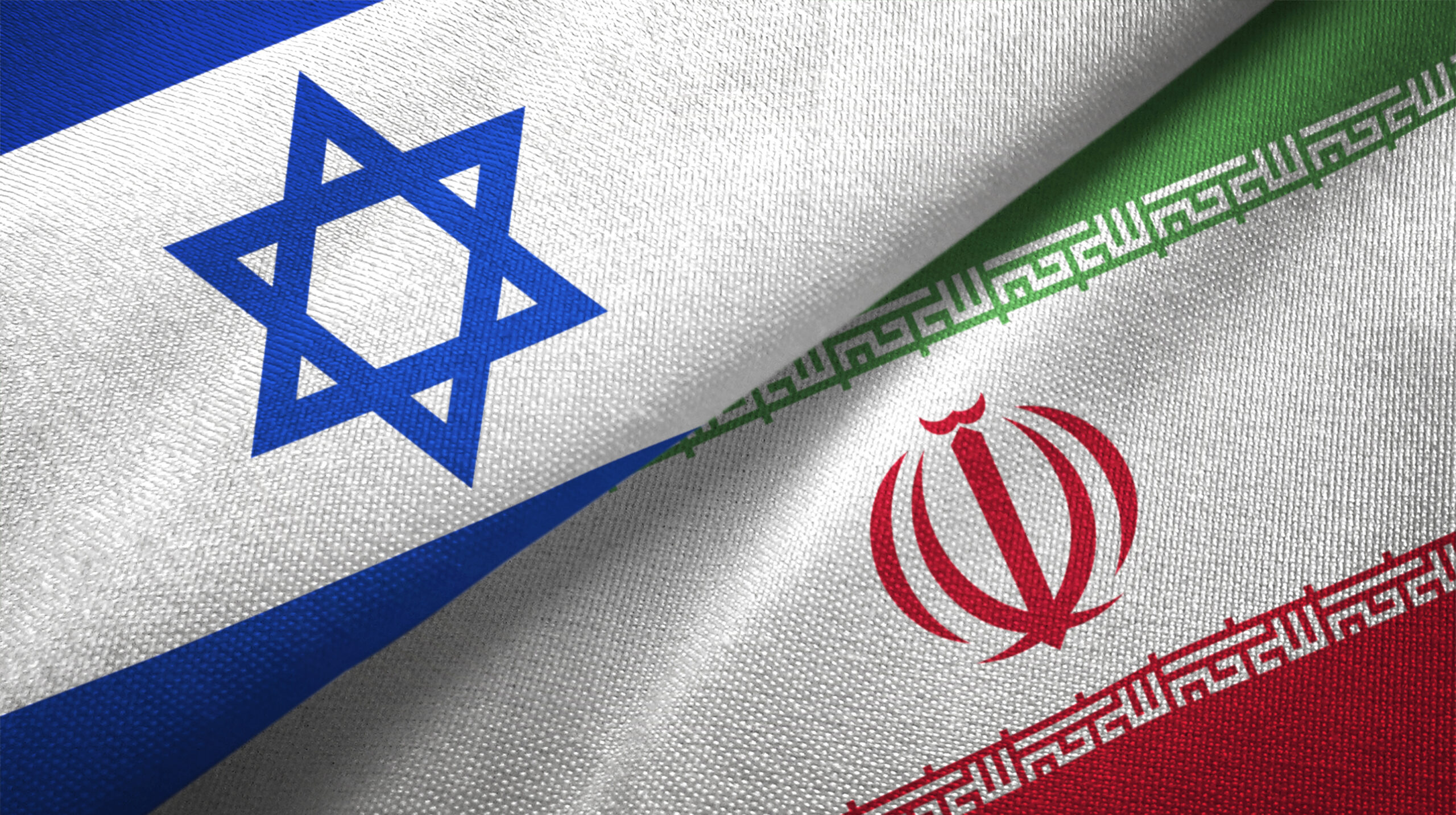

:quality(70)/cloudfront-us-east-1.images.arcpublishing.com/archetype/SLVE4J2B5VFCDNI3VC5A2MYEBM.jpg)
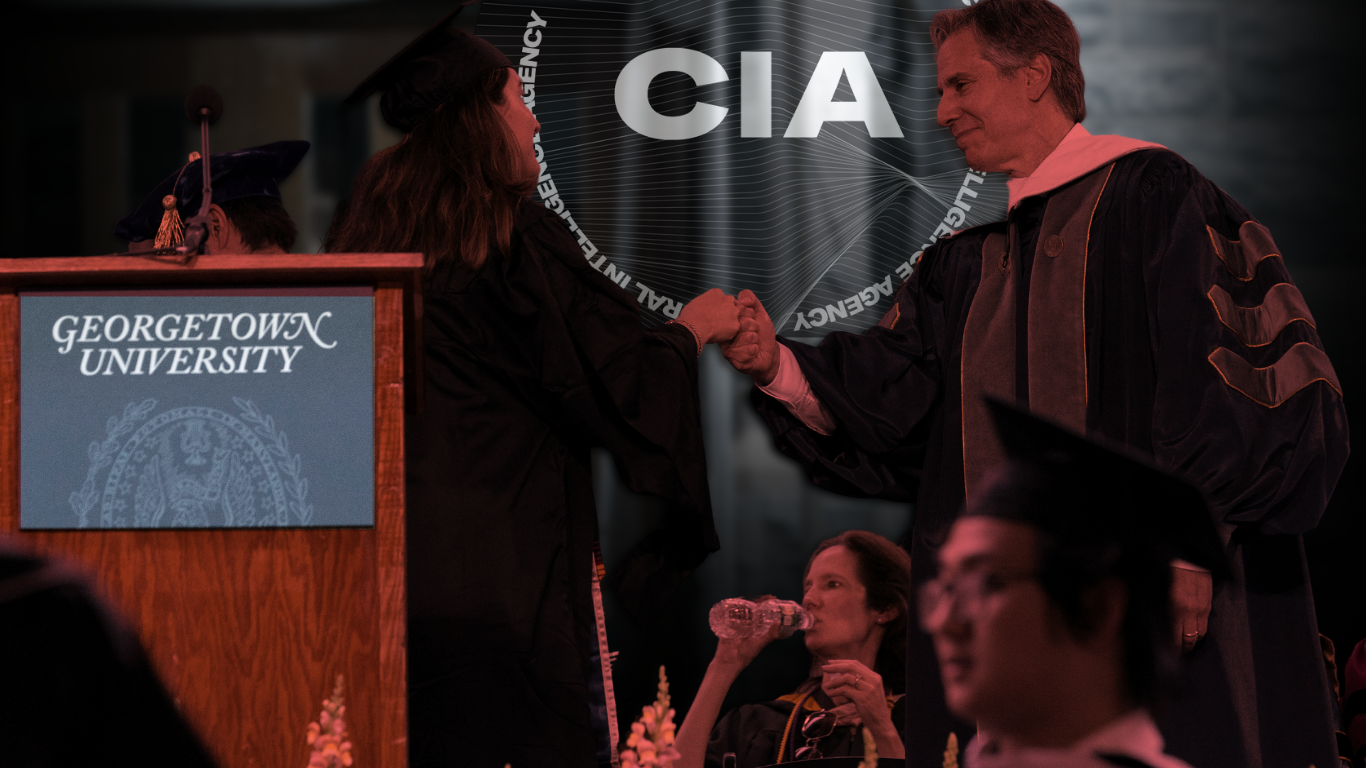
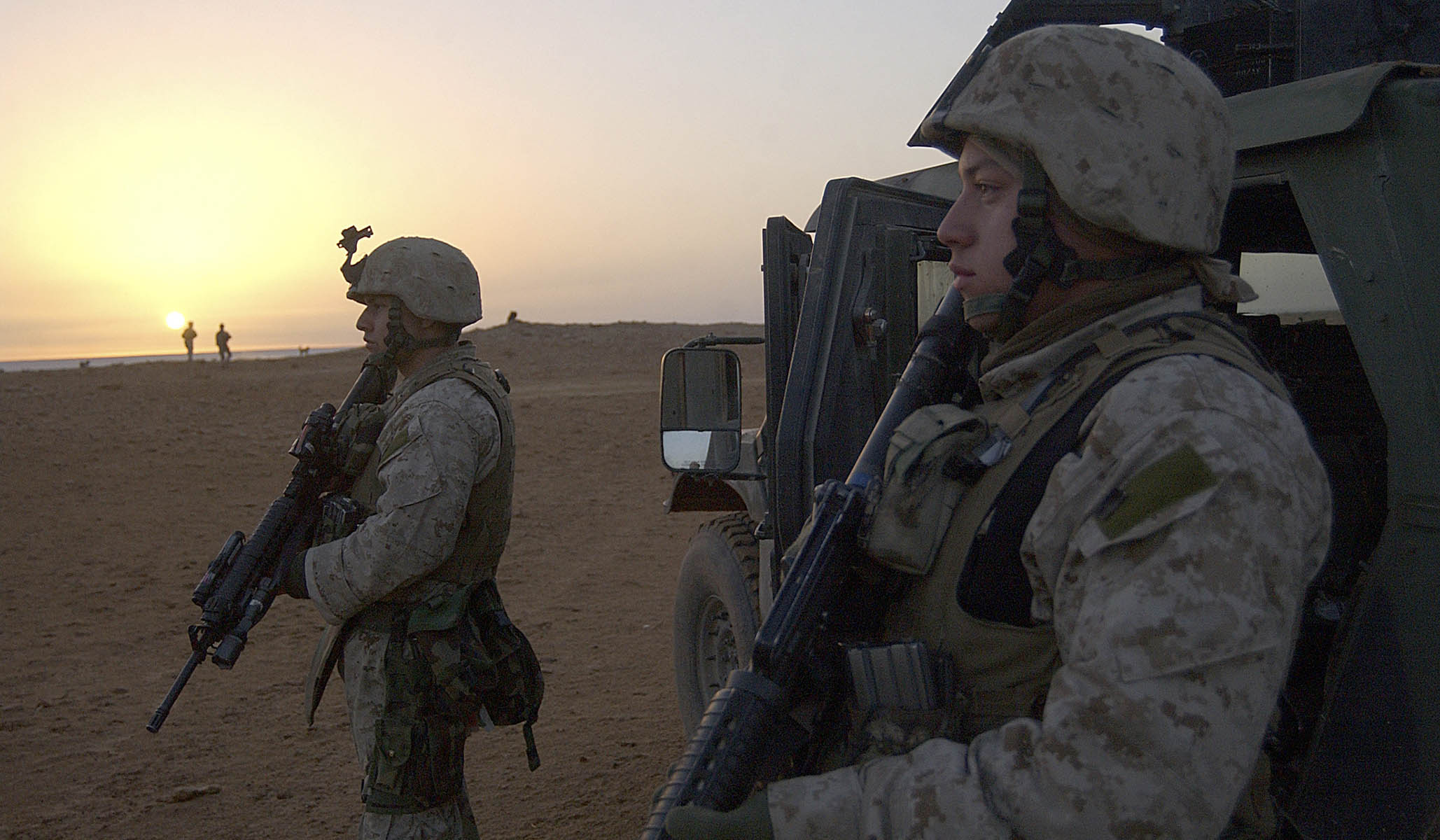

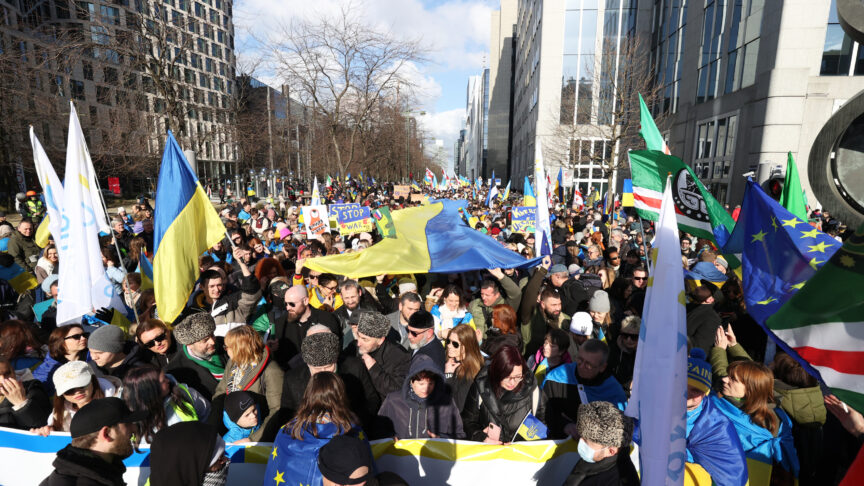
:quality(100)/cloudfront-us-east-1.images.arcpublishing.com/thesummit/GSVG7HECKVA4JGWA72I2P6SABQ.jpg)




